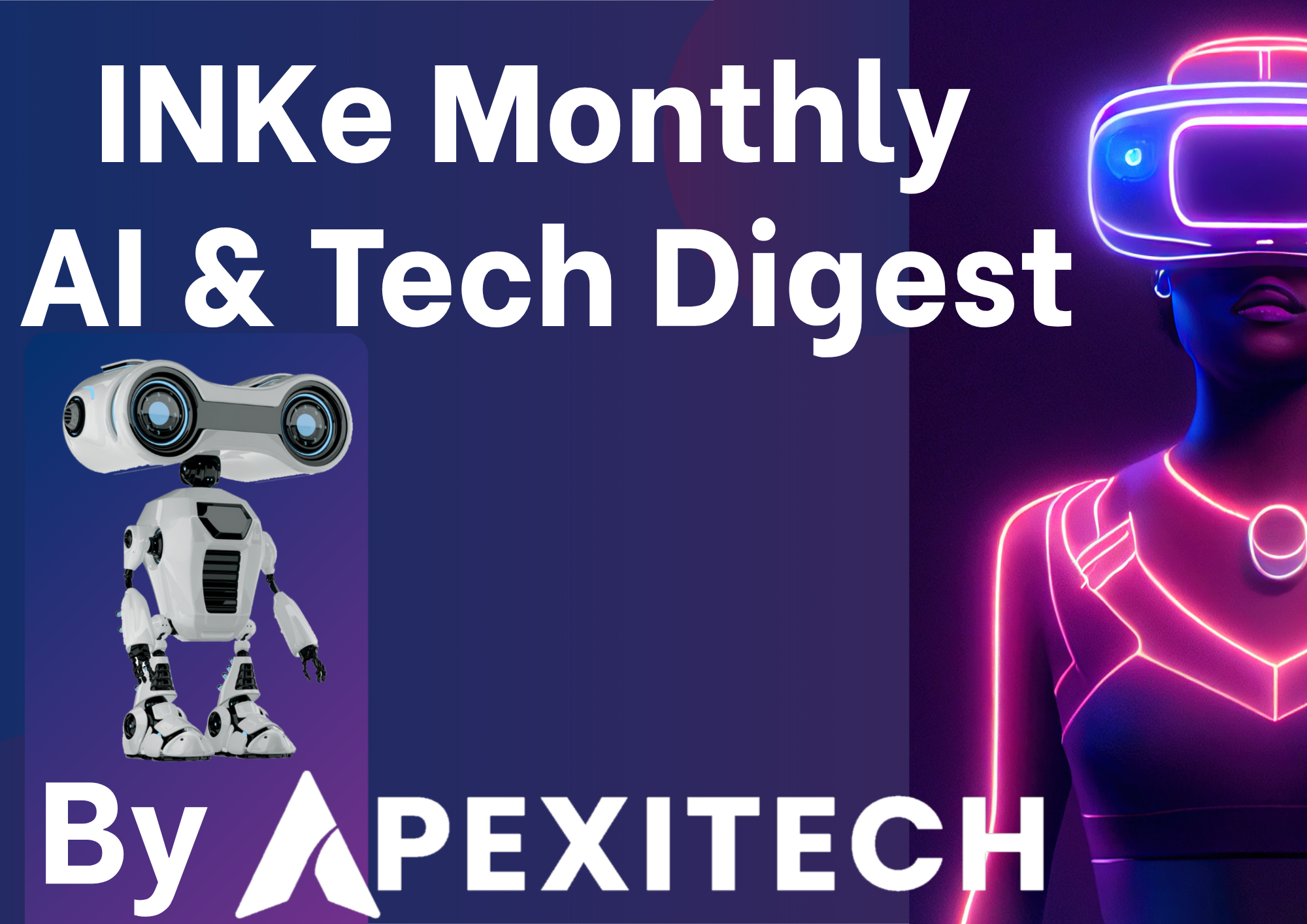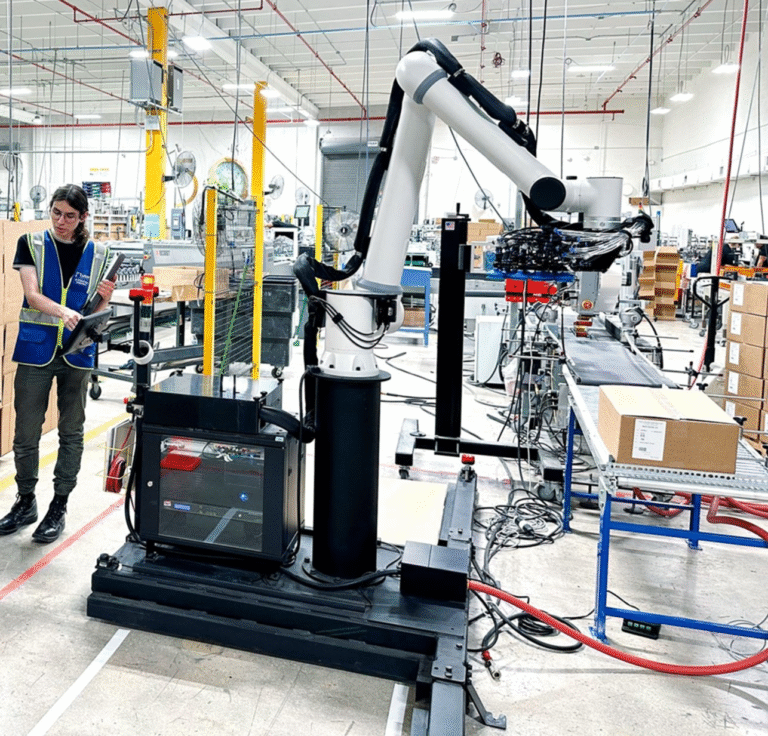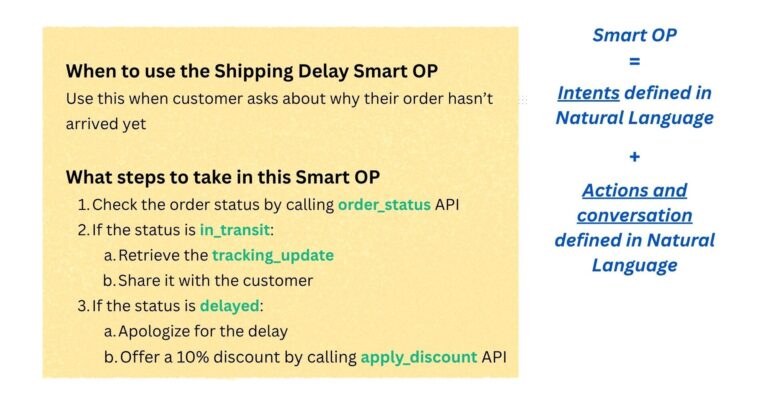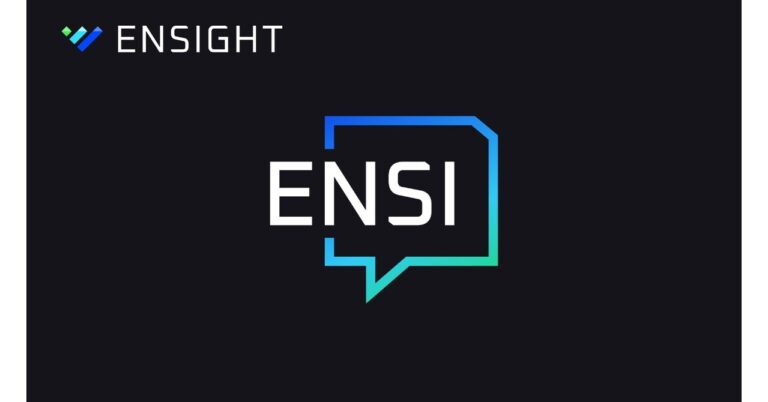April 2025 put AI on fast‑forward. Flagship multimodal models leapt ahead, agentic automation moved from demos to daily life, cloud stacks unveiled staggering compute, and creative technology got a serious upgrade. This month’s AI news brimmed with tech innovation that reshapes the future of creation—from infrastructure and open‑weight models to productivity assistants and pro‑grade media tools.
OpenAI launches GPT-4.1 with million‑token memory and lower costs
OpenAI unveiled GPT‑4.1, touting a 1 million‑token context and improved coding and instruction-following. Three editions—4.1, 4.1 Mini, and 4.1 Nano—aim to balance capability, latency, and price, with claims of being 26% cheaper than 4o. The rollout also coincides with phasing out older GPT‑4 variants.
Quillium’s Insight: Creators and automation teams should rethink workflows around ultra‑long context—briefs, footage logs, and app state can live in a single thread for end‑to‑end execution.
Meta debuts Llama 4 Scout and Maverick for open‑weight multimodal AI
Meta released Llama 4 models—Scout (compact, 10M‑token context) and Maverick (larger, MoE architecture)—powering Meta AI across WhatsApp, Messenger, Instagram, and web. The company teased a larger “Behemoth” model while emphasizing open‑weight availability via downloads and hubs. Benchmarks target parity with top proprietary systems in coding and reasoning.
Quillium’s Insight: Open‑weight options with long context accelerate on‑device and edge creation—expect more bespoke, privacy‑aware tools for studios and indie makers.
Microsoft Copilot adds Actions to book, buy, and browse on your behalf
Microsoft introduced Copilot Actions, enabling the assistant to complete web tasks like reservations, tickets, and shopping via partners such as Booking.com and OpenTable. The feature runs in the background from simple prompts and joins new personalization and camera‑aware capabilities. It’s an early mainstream leap for agentic automation.
Quillium’s Insight: Design flows with human‑in‑the‑loop approvals; delegate repeatable tasks while logging artifacts for audit and reuse across campaigns.
Google Cloud Next ’25 unveils Ironwood TPUs and Agent2Agent protocol
At Next ’25, Google introduced Ironwood TPUs delivering up to 42.5 exaflops per pod and a claimed 10× leap over prior high‑performance TPU generations. The company also previewed the Agent2Agent protocol for interoperable AI agents and expanded inference tooling (Pathways, vLLM on TPUs). It’s a top‑to‑bottom stack push for scalable AI deployment.
Quillium’s Insight: Multi‑agent patterns will standardize; build modular “creative pipelines” where agents handle ingest, reasoning, rendering, and QA as swappable services.
Nvidia begins U.S. production of Blackwell AI chips at TSMC Arizona
Nvidia started producing Blackwell GPUs at TSMC’s Arizona fab, signaling a shift toward domestic AI manufacturing. The company also outlined supercomputer production partnerships in Texas with Foxconn and Wistron. The move strengthens supply resilience for AI builders scaling inference and training.
Quillium’s Insight: Expect shorter lead times and diversified capacity—plan procurement and model‑serving roadmaps around new U.S. supply to stabilize costs.
Adobe Firefly goes model‑agnostic, adding OpenAI and Google inside the app
Adobe expanded Firefly with third‑party models, bringing OpenAI and Google’s Imagen/Veo alongside Adobe’s own Image Model 4 and Firefly Video Model. New Firefly Boards and mobile access tighten ideation‑to‑production workflows, while Content Credentials continue to label AI outputs. It’s a meaningful boost for creative technology at enterprise scale.
Quillium’s Insight: Adopt a “best‑model‑for‑the‑moment” mindset—route prompts by style, compliance, and cost to speed delivery without sacrificing brand control.







